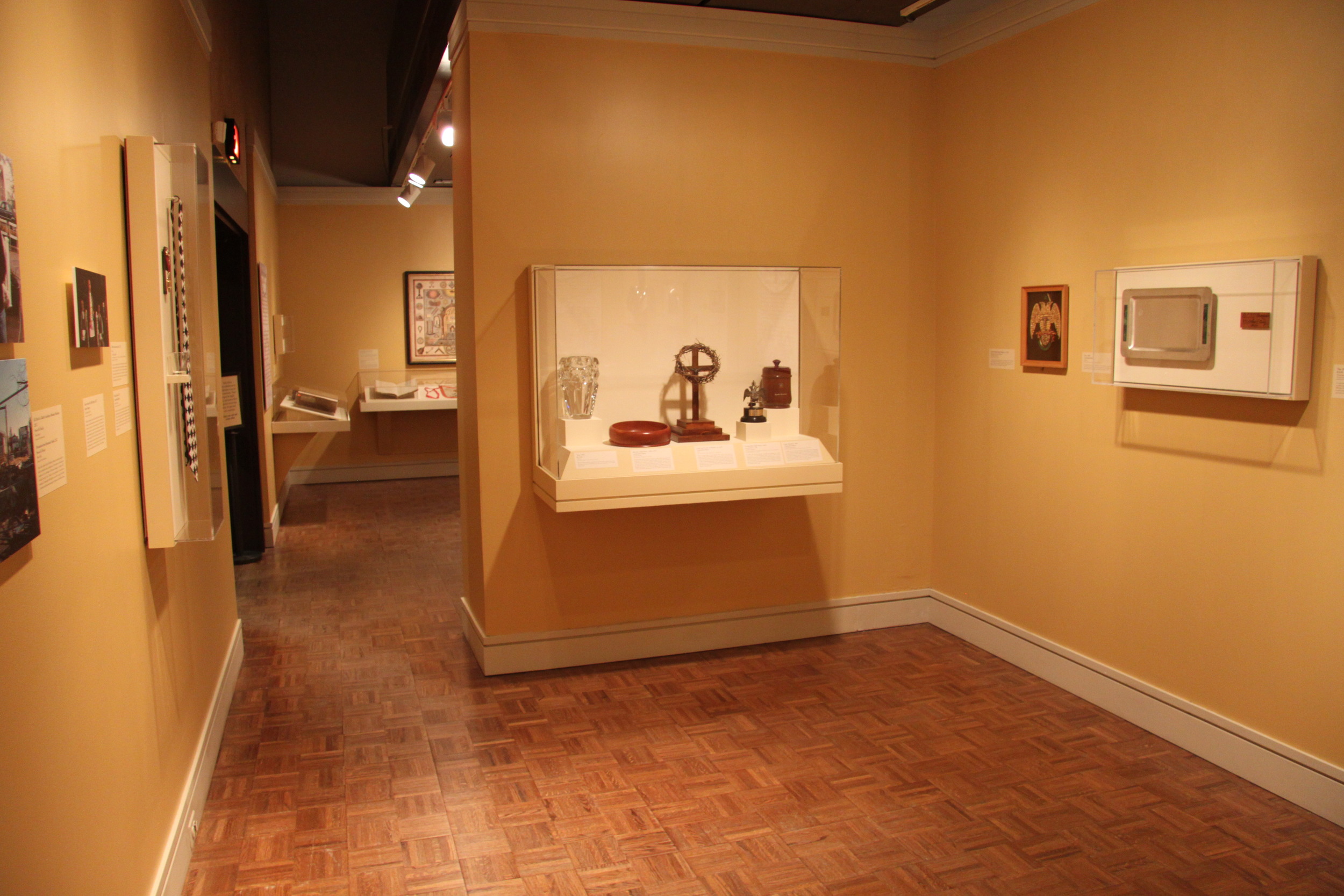Getting Over the Deaccessioning Hump
Amelia Whitehead
Aimee E. Newell, Ph.D., Director of Collections, Scottish Rite Masonic Museum & Library, Lexington, Massachusetts
Context
When the Scottish Rite Masonic Museum & Library opened in 1975, the founders did not expect to collect much. The plan was for the new American history museum to showcase traveling exhibitions and focus on the “thrilling story” of American history in Lexington, where the Revolution started. However, people almost immediately started donating objects, many Masonic in nature, since the museum was founded by the Ancient Accepted Scottish Rite, Northern Masonic Jurisdiction, part of the Masonic fraternity.
Often these gifts were donated by members of the Masonic fraternity and, even though staff did not consider them appropriate for the collection, they felt that they had to take them – a common problem for small museums and historical societies. Collections staff set up a special designation for these items, giving them the prefix of “SC” for “Supreme Council,” the governing body of the Museum’s parent organization. They were put away in storage, apart from the “real” collection, and generally received little cataloging or attention for the next 35 years, despite taking up significant storage space.
Approach
Fast forward to 2009. The Museum’s board refocused the mission on telling the story of American Freemasonry and fraternalism. The Curator looked at this part of the collection – which numbered several thousand items – with new eyes – and at the storage space that it was taking up. The time was ripe to reconsider this collection. All of the boxes were unpacked and objects were either brought into the main collection storage area to take their place in the collection proper, or set aside for deaccession consideration.
The objects that were kept have retained their “SC” accession numbers in order to maintain their history at the museum. Items in this collection that were truly not museum quality – things that were broken, or irrelevant to mission (like several sets of Franklin Mint coins commemorating the “Life of Jesus,” First Ladies and state banks), or duplicated items already in the collection – were either thrown away or sold with the proceeds going into the museum’s restricted acquisition fund. We have a good, sound deaccession policy that is transparent and requires the approval of staff, Collections Committee, Executive Director and Board, so there was appropriate consideration of every item that was deaccessioned – and some things were pulled out and kept along the way.
Outcome
Although this project took several months – and required additional time for rehousing and updating records in the database – it was extremely helpful. We cleared out some storage space, which we can use for new acquisitions. And, we discovered many fascinating objects that help us to tell the story of American Freemasonry – including some that we have already used in our changing exhibitions. We also benefitted from the increase in funds for our acquisitions fund and were able to purchase a number of things for the collection that better fit our mission and the story we want to tell.

